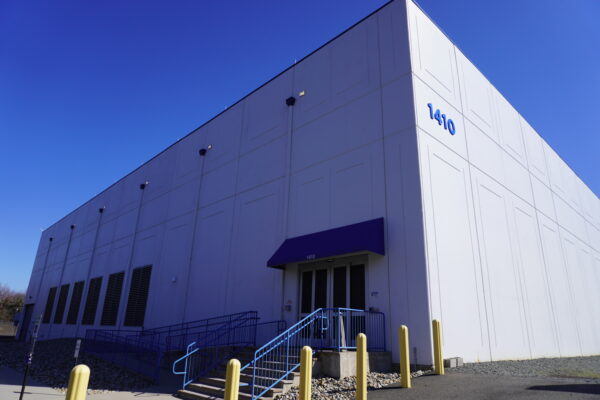
Bloomberg TV: Undersea Cables at NJFX
Red Sea conflict threatens Key Internet Cables. Maritime attacks complicate repairs on underwater cables that carry the world’s web traffic.
The connection into NJFX, which offers access to four submarine cable systems and seven independent U.S. fiber-based backhaul providers, offers the CenturyLink’s customers more connectivity and service options.
Article published by Stephen Hardy, Lightwave, on June 16, 2020
June 17, 2020
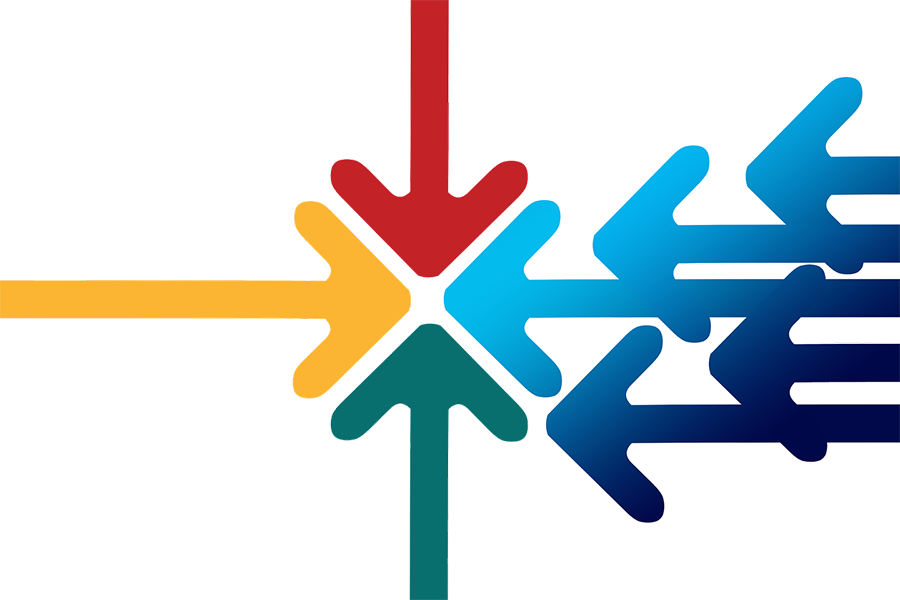
Wall Township, NJ –
NJFX, which operates a cable landing station (CLS) colocation campus in Wall, NJ, says that CenturyLink Inc. (NYSE: CTL) is the latest communications service provider to establish a presence at the site. The connection to CenturyLink’s underground terrestrial fiber network provides access to the service provider’s routes across North America.
CenturyLink’s global fiber network runs approximately 450,000 route miles. The connection into NJFX, which offers access to four submarine cable systems and seven independent U.S. fiber-based backhaul providers, offers the CenturyLink’s customers more connectivity and service options.
“Establishing a point of presence at NJFX allows CenturyLink customers close proximity to data, decreasing network latency, along with delivering smart options to further diversify and plan their international connections with clarity and accuracy,” commented Warren Greenberg, vice president and general manager for CenturyLink in New York City, New Jersey, and Connecticut. “We look forward to offering our services suite at the NJFX campus and to our enterprise customers.”
Open for business in September 2016 (see “New Jersey Fiber Exchange set to open Tier 3 by the Subsea colocation facility”), NJFX offers a 64,800-sq-ft Tier 3 CLS colocation facility on a 58-acre campus in Wall. The facility enables direct access to the TGN1, TGN2, and Seabras submarine cables. The building will serve as the cable landing for the HAVFRUE/AEC2 system when it comes online later this year as well as the Wall-LI submarine network in the future. The submarine cables offer connectivity options to Europe and South America.
“Cable landing station colocation is where networks live today and at NJFX, there are petabytes of data per second being transported across the Atlantic Ocean from Europe and South America,” said Gil Santaliz, CEO for NJFX. “We welcome CenturyLink, which has arguably one of the most interconnected and deeply peered networks in the U.S. today, to our growing ecosystem of terrestrial carriers that provide diverse, private routes to transport all of that data from our CLS campus across North America and beyond.”
###
About NJFX:
NJFX is a Tier 3 Carrier Neutral Cable Landing Station campus. Our colocation ecosystem has expanded to over 35 network operators offering flexibility, reliability, and security. Our Wall, NJ location provides direct access to multiple subsea cable systems giving our carriers diverse connectivity solutions and offers direct interconnection without recurring cross-connect fees.

Red Sea conflict threatens Key Internet Cables. Maritime attacks complicate repairs on underwater cables that carry the world’s web traffic.
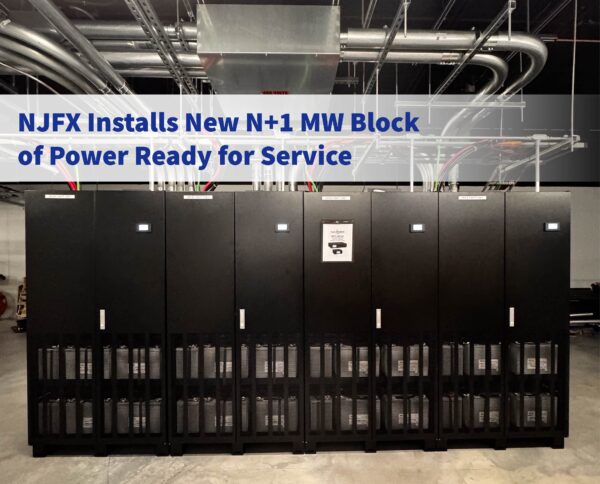
Red Sea conflict threatens Key Internet Cables. Maritime attacks complicate repairs on underwater cables that carry the world’s web traffic.
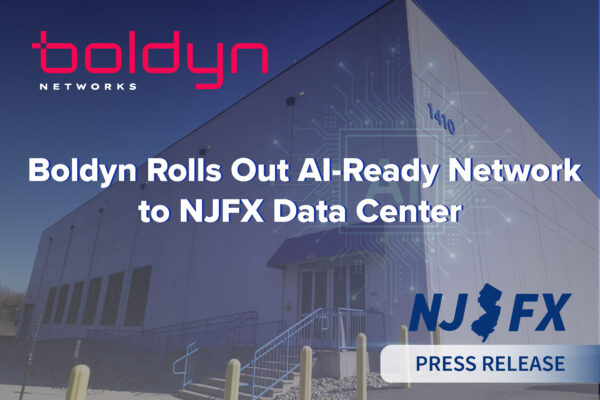
Red Sea conflict threatens Key Internet Cables. Maritime attacks complicate repairs on underwater cables that carry the world’s web traffic.
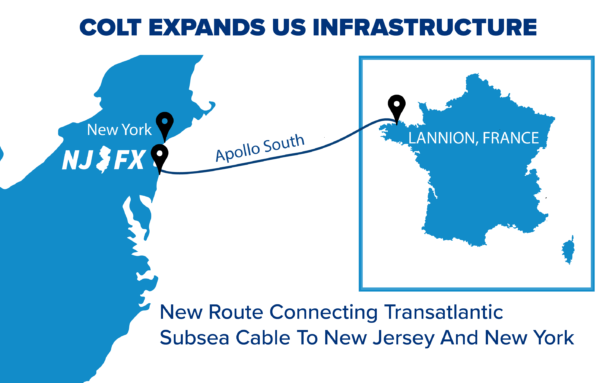
Red Sea conflict threatens Key Internet Cables. Maritime attacks complicate repairs on underwater cables that carry the world’s web traffic.
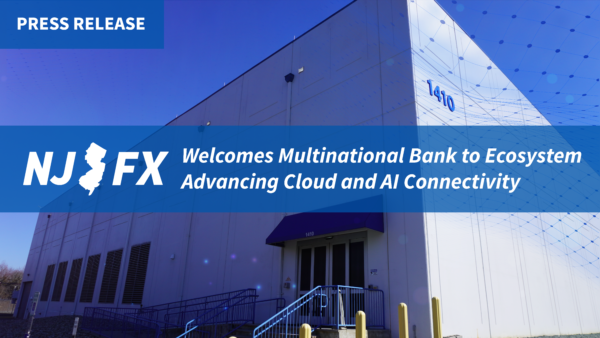
Red Sea conflict threatens Key Internet Cables. Maritime attacks complicate repairs on underwater cables that carry the world’s web traffic.
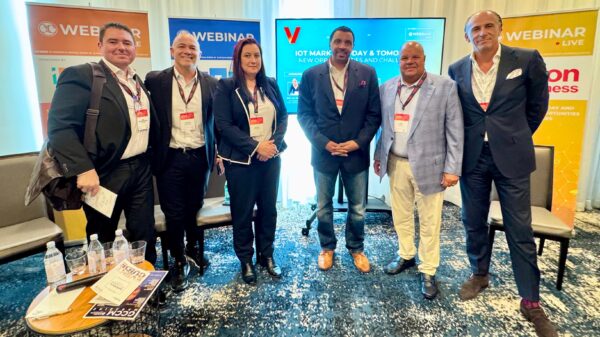
Red Sea conflict threatens Key Internet Cables. Maritime attacks complicate repairs on underwater cables that carry the world’s web traffic.

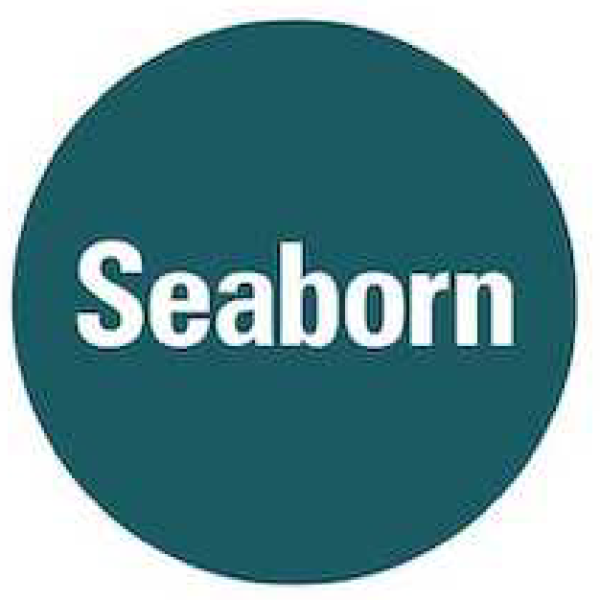
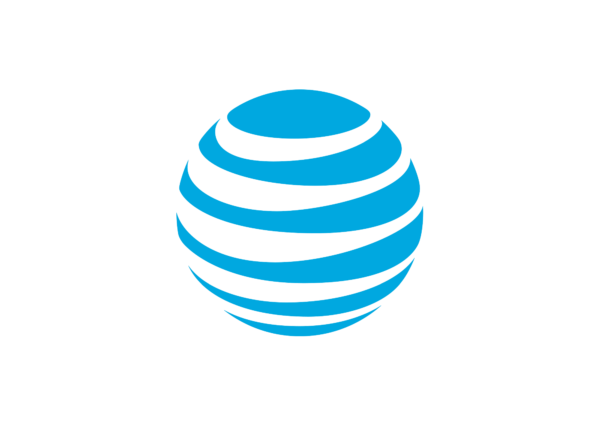
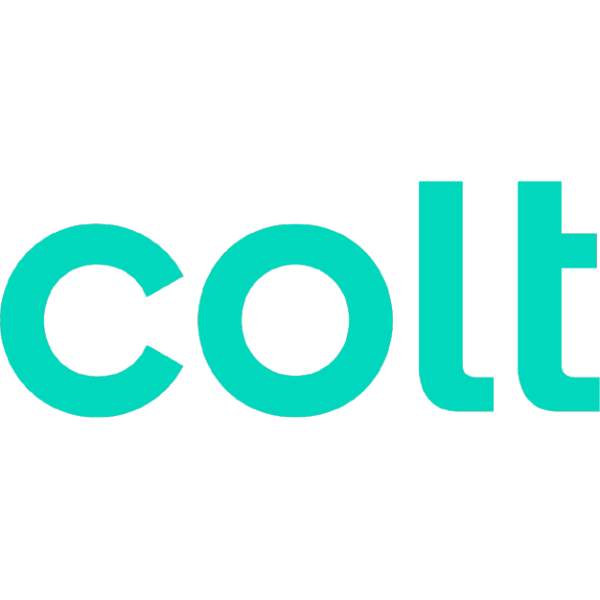





Experience the flexibility, reliability, and security yourself
